
New collection of courses for International Schools
International schools are unique in that without access to the safeguarding resources or services that are available in the UK, they have to act independently and follow good practice.
As our presence within the International market continues to grow we have added further courses into our bestselling training package to reflect the needs of international schools.
New training courses tailored to international schools
Staying Safe Online for International Schools
The purpose of this course is to help you understand how technology is changing, the nature of children and young people’s online world, and the risk and protective factors when going online. The course has a wide range of practical advice on what can be done by you as an individual and by any organisation you work for. This includes good practice guidelines, where you can go for help and support, and an extensive range of easy to access online resources. The course was written in partnership with Childnet International, a non-profit organisation working with others to help make the internet a great and safe place for children.
Read moreReflective Safeguarding Practice for International Schools
Reflective practice allows you to recognise and reflect on your experiences in order to learn from them and improve the way you work. This course uses scenarios for you to reflect on, thinking about actions that fit the policies for your own school. It will also encourage you to consider the safeguarding and child protection support services available in your country.
Read moreUnderstanding Anxiety for International Schools
Anxiety is a feeling of worry, fear and unease. Everyone will feel anxious or stressed at some point in their life; these are natural emotional responses to some situations. The purpose of this course is to help you support children and young people who may be experiencing anxiety.
Read moreUnderstanding Self-Harm for International Schools
Self-harm is when somebody intentionally damages or injures their body. A person may use physical pain as a way of distracting themselves from emotional pain, giving them temporary relief.
Read moreUnderstanding Low Mood and Depression for International Schools
Low mood causes us to feel sad, anxious or worried and is an appropriate reaction to things that we experience in life. Depression however, is more than simply feeling unhappy or fed-up for a few days. This course will help you understand these issues.
Read moreChild Exploitation for International Schools
Child exploitation refers to a child or young person being used for someone else’s gain. Child exploitation is a form of abuse which can involve sexual, abusive or manipulative behaviour.
Read moreChild Protection for International Schools
Child Protection for International Schools, developed in partnership with COBIS, is designed to provide international educational settings with a thorough insight into child protection.
Read moreChild Protection for International Schools
This
- Understand what forms child abuse can take and the effects it can have
- Understand radicalisation, extremism and the Prevent duty
- Recognise signs that may mean a child is suffering abuse and how to respond if a child confides in you
- Understand processes for reporting abuse
- Know the child protection system
- Identify good practice guidelines
Safer Recruitment for International Schools
This four module course comprehensively covers:
- Recognise the dangers international schools may face
- Understand the four key stages of the recruitment process
- Organise pre-recruitment plans and understand what must be in place before you advertise your post
- Learn about rejecting candidates and meeting the right ones
- Learn what is required from vetting checks, including the International Child Protection Certificate and COBIS revision
- Learn about post-recruitment activities
Child Neglect for International Schools
This course will help you understand:
- Understand what neglect is and how common it is.
- Recognise the different areas of a child or young person’s life that neglect may touch and the cost of neglect to society.
- Identify the key components of effective parenting and the factors that may contribute to child neglect.
- Understand the work of professionals in children’s social care, whose job it is to weigh up all the factors and consider interventions to protect children who may be at risk of harm.
- Identify the signs and indicators that should alert you to the possibility a child or young person is being neglected and how to report your concerns.
Health and Safety for International Schools
This course covers how to:
- Understand how to manage and control hazards to protect people at work.
- Learn about risk assessment and how it is carried out.
- Identify common safety hazards.
- Recognise what employers must do to comply.
- Understand hazards around working at height, manual handling, computer
work stations and noise. - Understand how health and safety issues should be organised.
- How to prevent accidents from happening by ensuring health and safety.
- Understand what can go wrong and how to deal with unplanned events.
First Aid Essentials for International Schools
This course covers:
- Learn how to provide basic life support.
- Learn how to react in life threatening situations.
- Identify someone who is choking, drowning, seizing, bleeding or having an allergic reaction, and act accordingly.
- Understand what to do if somebody has broken a bone or experienced a burn.
- Acquire the knowledge to handle day-to-day incidents.
Fire Safety for International Schools
This course covers:
- Understand the importance of fire safety training including legislation.
- Learn the nature of the fire.
- Recognise fire hazards.
- Identify what to do in the event of a fire.
- Learn how to use a fire extinguisher.
Preventing Bullying for International Schools
At the end of the course, learners will:
- Understand what bullying is, including the five components of bullying behaviour.
- Identify who may be affected by bullying, as there are some groups of people who are likely to be more affected than others.
- Understand the role technology can play in bullying behaviour (cyberbullying).
- Be able to recognise a child who may be being bullied and understand the damaging physical and emotional effects.
- Be able to put actions in place to tackle bullying in their organisation or setting.
Safer Recruitment for International Schools
This course on safer recruitment looks at what international education settings need to do to safeguard children and young people from unsuitable people who might apply to join these organisations.
Read moreChild Protection for International Schools
This
- Understand what forms child abuse can take and the effects it can have
- Understand radicalisation, extremism and the Prevent duty
- Recognise signs that may mean a child is suffering abuse and how to respond if a child confides in you
- Understand processes for reporting abuse
- Know the child protection system
- Identify good practice guidelines
Safer Recruitment for International Schools
This four module course comprehensively covers:
- Recognise the dangers international schools may face
- Understand the four key stages of the recruitment process
- Organise pre-recruitment plans and understand what must be in place before you advertise your post
- Learn about rejecting candidates and meeting the right ones
- Learn what is required from vetting checks, including the International Child Protection Certificate and COBIS revision
- Learn about post-recruitment activities
Child Neglect for International Schools
This course will help you understand:
- Understand what neglect is and how common it is.
- Recognise the different areas of a child or young person’s life that neglect may touch and the cost of neglect to society.
- Identify the key components of effective parenting and the factors that may contribute to child neglect.
- Understand the work of professionals in children’s social care, whose job it is to weigh up all the factors and consider interventions to protect children who may be at risk of harm.
- Identify the signs and indicators that should alert you to the possibility a child or young person is being neglected and how to report your concerns.
Health and Safety for International Schools
This course covers how to:
- Understand how to manage and control hazards to protect people at work.
- Learn about risk assessment and how it is carried out.
- Identify common safety hazards.
- Recognise what employers must do to comply.
- Understand hazards around working at height, manual handling, computer
work stations and noise. - Understand how health and safety issues should be organised.
- How to prevent accidents from happening by ensuring health and safety.
- Understand what can go wrong and how to deal with unplanned events.
First Aid Essentials for International Schools
This course covers:
- Learn how to provide basic life support.
- Learn how to react in life threatening situations.
- Identify someone who is choking, drowning, seizing, bleeding or having an allergic reaction, and act accordingly.
- Understand what to do if somebody has broken a bone or experienced a burn.
- Acquire the knowledge to handle day-to-day incidents.
Fire Safety for International Schools
This course covers:
- Understand the importance of fire safety training including legislation.
- Learn the nature of the fire.
- Recognise fire hazards.
- Identify what to do in the event of a fire.
- Learn how to use a fire extinguisher.
Preventing Bullying for International Schools
At the end of the course, learners will:
- Understand what bullying is, including the five components of bullying behaviour.
- Identify who may be affected by bullying, as there are some groups of people who are likely to be more affected than others.
- Understand the role technology can play in bullying behaviour (cyberbullying).
- Be able to recognise a child who may be being bullied and understand the damaging physical and emotional effects.
- Be able to put actions in place to tackle bullying in their organisation or setting.
Child Neglect for International Schools
This course for international schools will provide a thorough insight into child neglect, covering the essential facts to raise your awareness of neglect.
Read moreChild Protection for International Schools
This
- Understand what forms child abuse can take and the effects it can have
- Understand radicalisation, extremism and the Prevent duty
- Recognise signs that may mean a child is suffering abuse and how to respond if a child confides in you
- Understand processes for reporting abuse
- Know the child protection system
- Identify good practice guidelines
Safer Recruitment for International Schools
This four module course comprehensively covers:
- Recognise the dangers international schools may face
- Understand the four key stages of the recruitment process
- Organise pre-recruitment plans and understand what must be in place before you advertise your post
- Learn about rejecting candidates and meeting the right ones
- Learn what is required from vetting checks, including the International Child Protection Certificate and COBIS revision
- Learn about post-recruitment activities
Child Neglect for International Schools
This course will help you understand:
- Understand what neglect is and how common it is.
- Recognise the different areas of a child or young person’s life that neglect may touch and the cost of neglect to society.
- Identify the key components of effective parenting and the factors that may contribute to child neglect.
- Understand the work of professionals in children’s social care, whose job it is to weigh up all the factors and consider interventions to protect children who may be at risk of harm.
- Identify the signs and indicators that should alert you to the possibility a child or young person is being neglected and how to report your concerns.
Health and Safety for International Schools
This course covers how to:
- Understand how to manage and control hazards to protect people at work.
- Learn about risk assessment and how it is carried out.
- Identify common safety hazards.
- Recognise what employers must do to comply.
- Understand hazards around working at height, manual handling, computer
work stations and noise. - Understand how health and safety issues should be organised.
- How to prevent accidents from happening by ensuring health and safety.
- Understand what can go wrong and how to deal with unplanned events.
First Aid Essentials for International Schools
This course covers:
- Learn how to provide basic life support.
- Learn how to react in life threatening situations.
- Identify someone who is choking, drowning, seizing, bleeding or having an allergic reaction, and act accordingly.
- Understand what to do if somebody has broken a bone or experienced a burn.
- Acquire the knowledge to handle day-to-day incidents.
Fire Safety for International Schools
This course covers:
- Understand the importance of fire safety training including legislation.
- Learn the nature of the fire.
- Recognise fire hazards.
- Identify what to do in the event of a fire.
- Learn how to use a fire extinguisher.
Preventing Bullying for International Schools
At the end of the course, learners will:
- Understand what bullying is, including the five components of bullying behaviour.
- Identify who may be affected by bullying, as there are some groups of people who are likely to be more affected than others.
- Understand the role technology can play in bullying behaviour (cyberbullying).
- Be able to recognise a child who may be being bullied and understand the damaging physical and emotional effects.
- Be able to put actions in place to tackle bullying in their organisation or setting.
Health and Safety for International Schools
This course will provide a thorough insight into health and safety in an international education setting.
Read moreChild Protection for International Schools
This
- Understand what forms child abuse can take and the effects it can have
- Understand radicalisation, extremism and the Prevent duty
- Recognise signs that may mean a child is suffering abuse and how to respond if a child confides in you
- Understand processes for reporting abuse
- Know the child protection system
- Identify good practice guidelines
Safer Recruitment for International Schools
This four module course comprehensively covers:
- Recognise the dangers international schools may face
- Understand the four key stages of the recruitment process
- Organise pre-recruitment plans and understand what must be in place before you advertise your post
- Learn about rejecting candidates and meeting the right ones
- Learn what is required from vetting checks, including the International Child Protection Certificate and COBIS revision
- Learn about post-recruitment activities
Child Neglect for International Schools
This course will help you understand:
- Understand what neglect is and how common it is.
- Recognise the different areas of a child or young person’s life that neglect may touch and the cost of neglect to society.
- Identify the key components of effective parenting and the factors that may contribute to child neglect.
- Understand the work of professionals in children’s social care, whose job it is to weigh up all the factors and consider interventions to protect children who may be at risk of harm.
- Identify the signs and indicators that should alert you to the possibility a child or young person is being neglected and how to report your concerns.
Health and Safety for International Schools
This course covers how to:
- Understand how to manage and control hazards to protect people at work.
- Learn about risk assessment and how it is carried out.
- Identify common safety hazards.
- Recognise what employers must do to comply.
- Understand hazards around working at height, manual handling, computer
work stations and noise. - Understand how health and safety issues should be organised.
- How to prevent accidents from happening by ensuring health and safety.
- Understand what can go wrong and how to deal with unplanned events.
First Aid Essentials for International Schools
This course covers:
- Learn how to provide basic life support.
- Learn how to react in life threatening situations.
- Identify someone who is choking, drowning, seizing, bleeding or having an allergic reaction, and act accordingly.
- Understand what to do if somebody has broken a bone or experienced a burn.
- Acquire the knowledge to handle day-to-day incidents.
Fire Safety for International Schools
This course covers:
- Understand the importance of fire safety training including legislation.
- Learn the nature of the fire.
- Recognise fire hazards.
- Identify what to do in the event of a fire.
- Learn how to use a fire extinguisher.
Preventing Bullying for International Schools
At the end of the course, learners will:
- Understand what bullying is, including the five components of bullying behaviour.
- Identify who may be affected by bullying, as there are some groups of people who are likely to be more affected than others.
- Understand the role technology can play in bullying behaviour (cyberbullying).
- Be able to recognise a child who may be being bullied and understand the damaging physical and emotional effects.
- Be able to put actions in place to tackle bullying in their organisation or setting.
First Aid Essentials for International Schools
This course provides a thorough insight into first aid, covering the essentials needed to react in an incident when someone urgently needs help.
Read moreChild Protection for International Schools
This
- Understand what forms child abuse can take and the effects it can have
- Understand radicalisation, extremism and the Prevent duty
- Recognise signs that may mean a child is suffering abuse and how to respond if a child confides in you
- Understand processes for reporting abuse
- Know the child protection system
- Identify good practice guidelines
Safer Recruitment for International Schools
This four module course comprehensively covers:
- Recognise the dangers international schools may face
- Understand the four key stages of the recruitment process
- Organise pre-recruitment plans and understand what must be in place before you advertise your post
- Learn about rejecting candidates and meeting the right ones
- Learn what is required from vetting checks, including the International Child Protection Certificate and COBIS revision
- Learn about post-recruitment activities
Child Neglect for International Schools
This course will help you understand:
- Understand what neglect is and how common it is.
- Recognise the different areas of a child or young person’s life that neglect may touch and the cost of neglect to society.
- Identify the key components of effective parenting and the factors that may contribute to child neglect.
- Understand the work of professionals in children’s social care, whose job it is to weigh up all the factors and consider interventions to protect children who may be at risk of harm.
- Identify the signs and indicators that should alert you to the possibility a child or young person is being neglected and how to report your concerns.
Health and Safety for International Schools
This course covers how to:
- Understand how to manage and control hazards to protect people at work.
- Learn about risk assessment and how it is carried out.
- Identify common safety hazards.
- Recognise what employers must do to comply.
- Understand hazards around working at height, manual handling, computer
work stations and noise. - Understand how health and safety issues should be organised.
- How to prevent accidents from happening by ensuring health and safety.
- Understand what can go wrong and how to deal with unplanned events.
First Aid Essentials for International Schools
This course covers:
- Learn how to provide basic life support.
- Learn how to react in life threatening situations.
- Identify someone who is choking, drowning, seizing, bleeding or having an allergic reaction, and act accordingly.
- Understand what to do if somebody has broken a bone or experienced a burn.
- Acquire the knowledge to handle day-to-day incidents.
Fire Safety for International Schools
This course covers:
- Understand the importance of fire safety training including legislation.
- Learn the nature of the fire.
- Recognise fire hazards.
- Identify what to do in the event of a fire.
- Learn how to use a fire extinguisher.
Preventing Bullying for International Schools
At the end of the course, learners will:
- Understand what bullying is, including the five components of bullying behaviour.
- Identify who may be affected by bullying, as there are some groups of people who are likely to be more affected than others.
- Understand the role technology can play in bullying behaviour (cyberbullying).
- Be able to recognise a child who may be being bullied and understand the damaging physical and emotional effects.
- Be able to put actions in place to tackle bullying in their organisation or setting.
Fire Safety for International Schools
This course for international schools will provide a thorough insight into fire safety, cover the essential facts to protect any education premises against fire and offer guidance to ensure the safety of all staff and students.
Read moreChild Protection for International Schools
This
- Understand what forms child abuse can take and the effects it can have
- Understand radicalisation, extremism and the Prevent duty
- Recognise signs that may mean a child is suffering abuse and how to respond if a child confides in you
- Understand processes for reporting abuse
- Know the child protection system
- Identify good practice guidelines
Safer Recruitment for International Schools
This four module course comprehensively covers:
- Recognise the dangers international schools may face
- Understand the four key stages of the recruitment process
- Organise pre-recruitment plans and understand what must be in place before you advertise your post
- Learn about rejecting candidates and meeting the right ones
- Learn what is required from vetting checks, including the International Child Protection Certificate and COBIS revision
- Learn about post-recruitment activities
Child Neglect for International Schools
This course will help you understand:
- Understand what neglect is and how common it is.
- Recognise the different areas of a child or young person’s life that neglect may touch and the cost of neglect to society.
- Identify the key components of effective parenting and the factors that may contribute to child neglect.
- Understand the work of professionals in children’s social care, whose job it is to weigh up all the factors and consider interventions to protect children who may be at risk of harm.
- Identify the signs and indicators that should alert you to the possibility a child or young person is being neglected and how to report your concerns.
Health and Safety for International Schools
This course covers how to:
- Understand how to manage and control hazards to protect people at work.
- Learn about risk assessment and how it is carried out.
- Identify common safety hazards.
- Recognise what employers must do to comply.
- Understand hazards around working at height, manual handling, computer
work stations and noise. - Understand how health and safety issues should be organised.
- How to prevent accidents from happening by ensuring health and safety.
- Understand what can go wrong and how to deal with unplanned events.
First Aid Essentials for International Schools
This course covers:
- Learn how to provide basic life support.
- Learn how to react in life threatening situations.
- Identify someone who is choking, drowning, seizing, bleeding or having an allergic reaction, and act accordingly.
- Understand what to do if somebody has broken a bone or experienced a burn.
- Acquire the knowledge to handle day-to-day incidents.
Fire Safety for International Schools
This course covers:
- Understand the importance of fire safety training including legislation.
- Learn the nature of the fire.
- Recognise fire hazards.
- Identify what to do in the event of a fire.
- Learn how to use a fire extinguisher.
Preventing Bullying for International Schools
At the end of the course, learners will:
- Understand what bullying is, including the five components of bullying behaviour.
- Identify who may be affected by bullying, as there are some groups of people who are likely to be more affected than others.
- Understand the role technology can play in bullying behaviour (cyberbullying).
- Be able to recognise a child who may be being bullied and understand the damaging physical and emotional effects.
- Be able to put actions in place to tackle bullying in their organisation or setting.
Preventing Bullying for International Schools
The purpose of this course is to help you understand, recognise and prevent bullying behaviour.
Read moreChild Protection for International Schools
This
- Understand what forms child abuse can take and the effects it can have
- Understand radicalisation, extremism and the Prevent duty
- Recognise signs that may mean a child is suffering abuse and how to respond if a child confides in you
- Understand processes for reporting abuse
- Know the child protection system
- Identify good practice guidelines
Safer Recruitment for International Schools
This four module course comprehensively covers:
- Recognise the dangers international schools may face
- Understand the four key stages of the recruitment process
- Organise pre-recruitment plans and understand what must be in place before you advertise your post
- Learn about rejecting candidates and meeting the right ones
- Learn what is required from vetting checks, including the International Child Protection Certificate and COBIS revision
- Learn about post-recruitment activities
Child Neglect for International Schools
This course will help you understand:
- Understand what neglect is and how common it is.
- Recognise the different areas of a child or young person’s life that neglect may touch and the cost of neglect to society.
- Identify the key components of effective parenting and the factors that may contribute to child neglect.
- Understand the work of professionals in children’s social care, whose job it is to weigh up all the factors and consider interventions to protect children who may be at risk of harm.
- Identify the signs and indicators that should alert you to the possibility a child or young person is being neglected and how to report your concerns.
Health and Safety for International Schools
This course covers how to:
- Understand how to manage and control hazards to protect people at work.
- Learn about risk assessment and how it is carried out.
- Identify common safety hazards.
- Recognise what employers must do to comply.
- Understand hazards around working at height, manual handling, computer
work stations and noise. - Understand how health and safety issues should be organised.
- How to prevent accidents from happening by ensuring health and safety.
- Understand what can go wrong and how to deal with unplanned events.
First Aid Essentials for International Schools
This course covers:
- Learn how to provide basic life support.
- Learn how to react in life threatening situations.
- Identify someone who is choking, drowning, seizing, bleeding or having an allergic reaction, and act accordingly.
- Understand what to do if somebody has broken a bone or experienced a burn.
- Acquire the knowledge to handle day-to-day incidents.
Fire Safety for International Schools
This course covers:
- Understand the importance of fire safety training including legislation.
- Learn the nature of the fire.
- Recognise fire hazards.
- Identify what to do in the event of a fire.
- Learn how to use a fire extinguisher.
Preventing Bullying for International Schools
At the end of the course, learners will:
- Understand what bullying is, including the five components of bullying behaviour.
- Identify who may be affected by bullying, as there are some groups of people who are likely to be more affected than others.
- Understand the role technology can play in bullying behaviour (cyberbullying).
- Be able to recognise a child who may be being bullied and understand the damaging physical and emotional effects.
- Be able to put actions in place to tackle bullying in their organisation or setting.
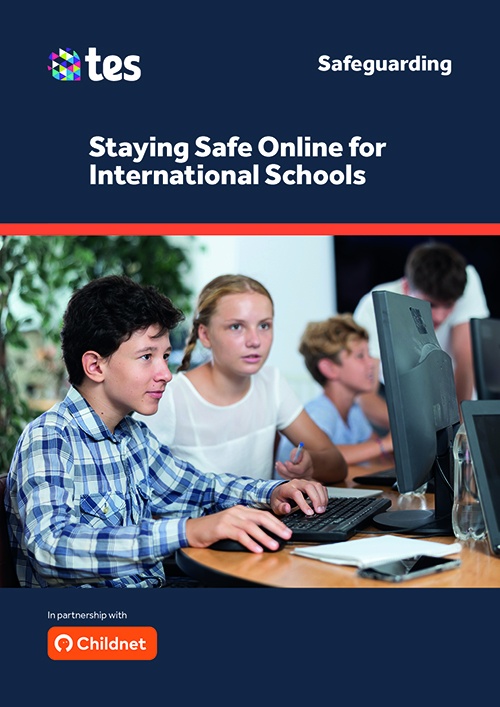
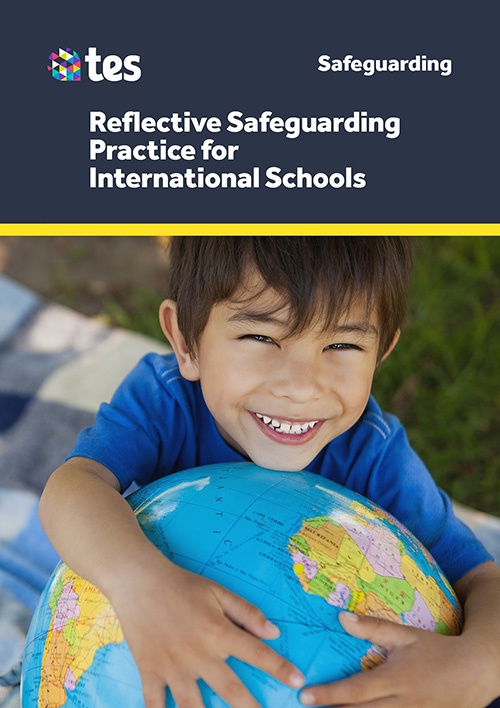
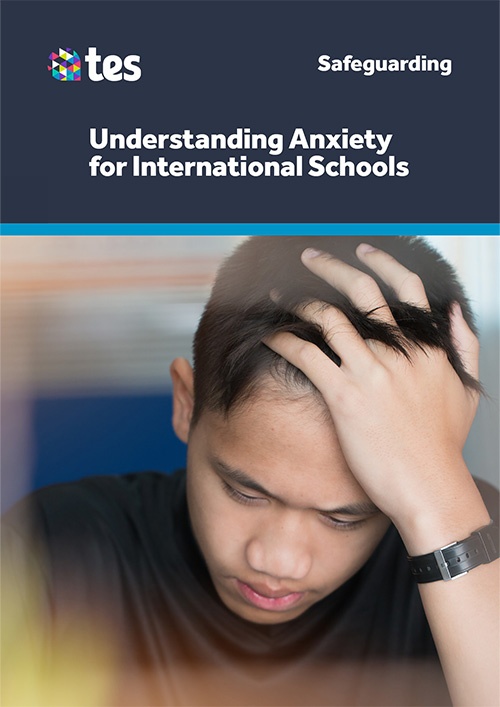
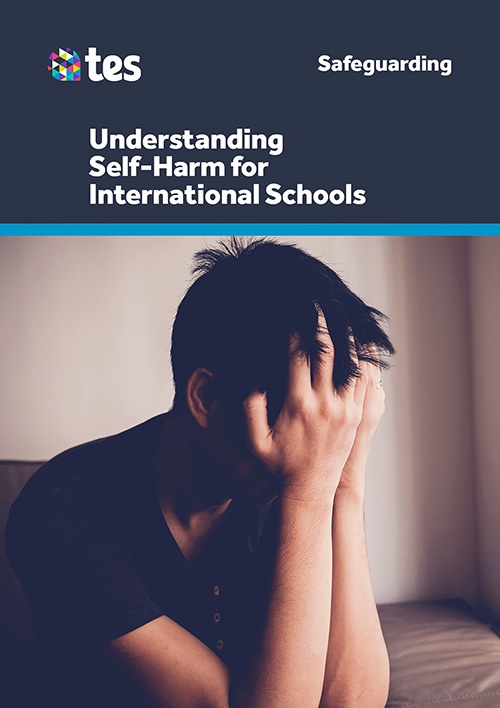
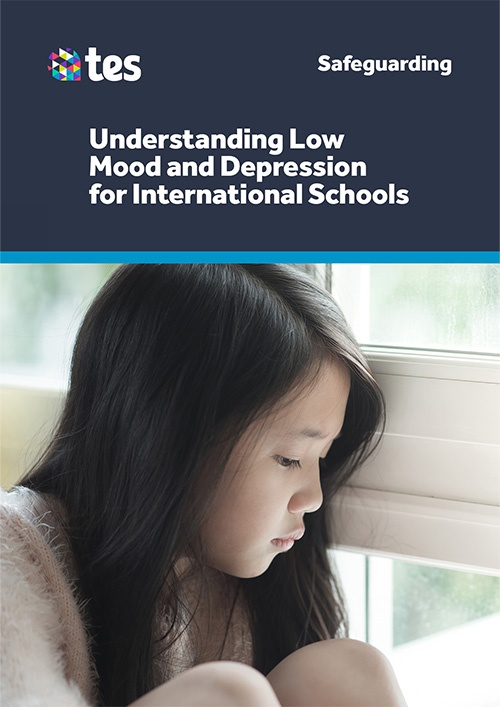

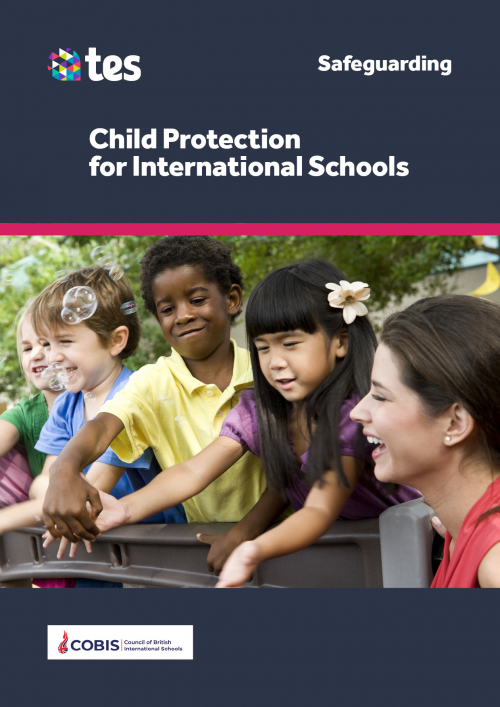


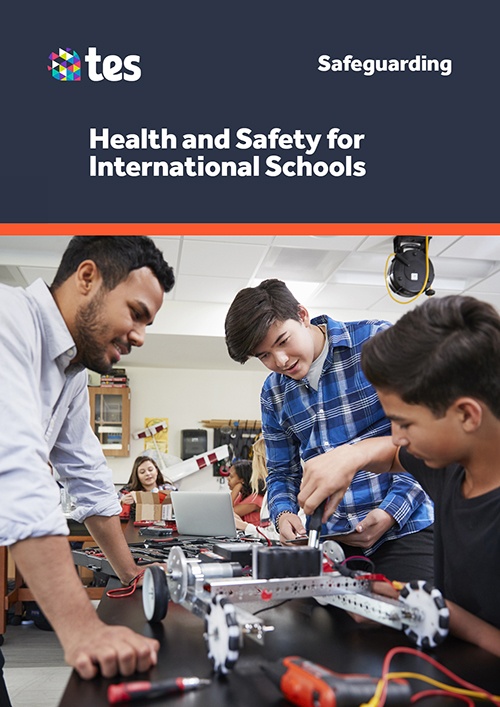
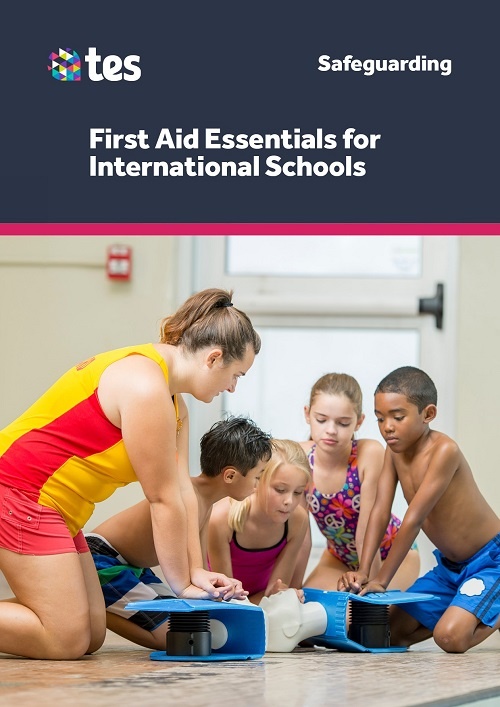
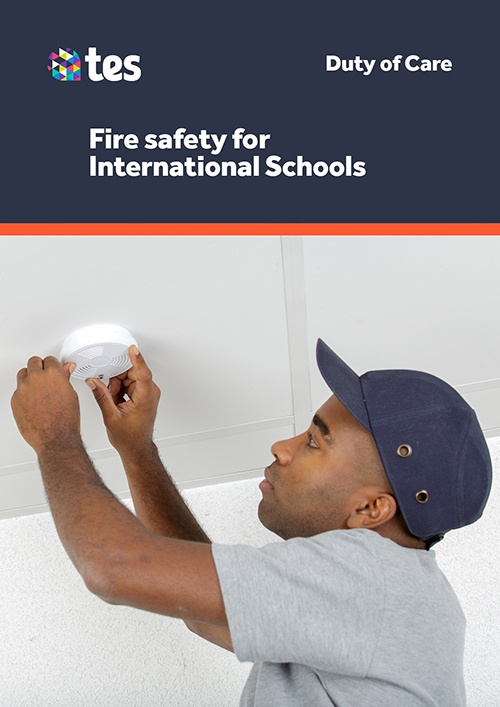
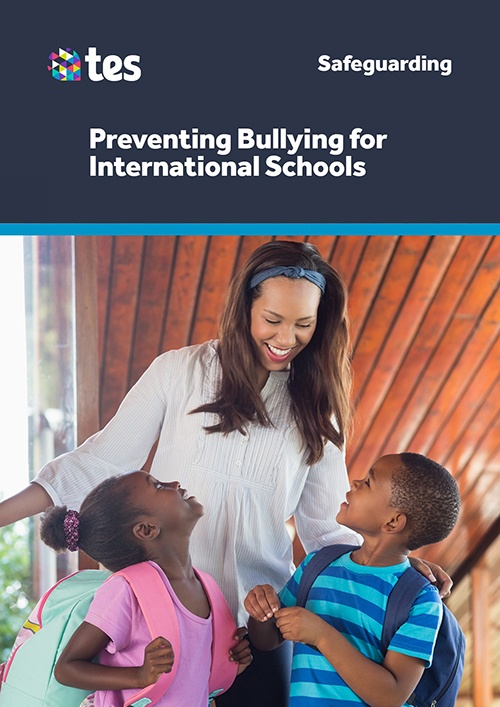
(1)(1)(2)(1)(1).png)
